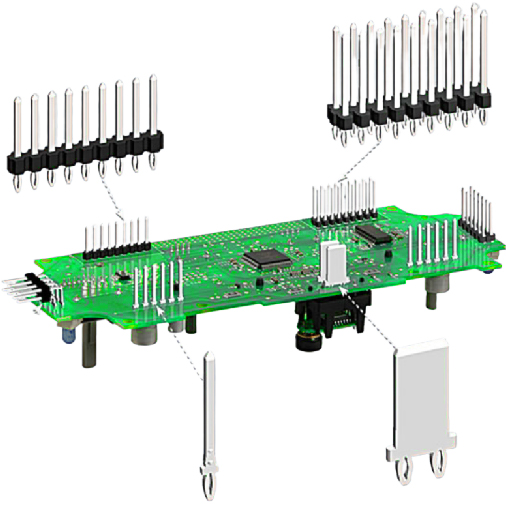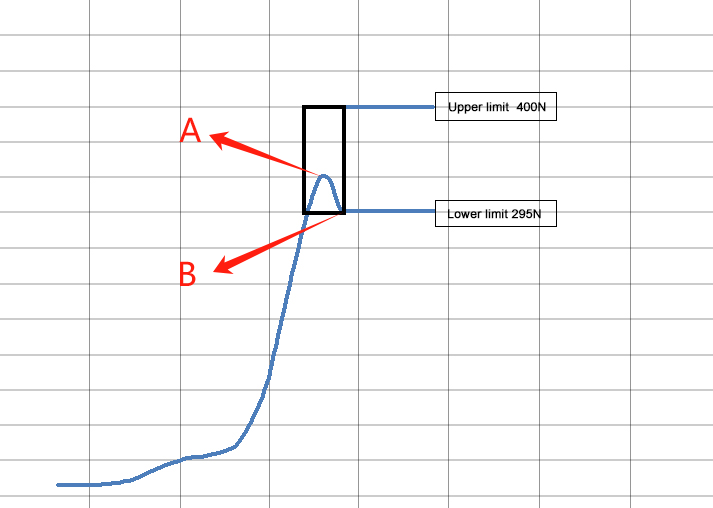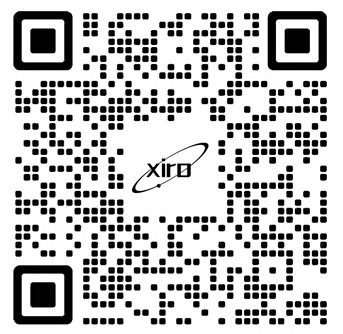Press-fit Technology Introduction
Press-fit technology uses Press-fit terminals (EON structure) inserted into PCB board through-holes. The eye-of-the-needle (EON) structure undergoes elastic deformation, generating a radial pressure of 200-400 MPa, enabling solder-free mechanical fixation and a low-resistance conductive path (<5mΩ). This cold connection technique replaces traditional soldering, reducing connection impedance and thermal stress, making it particularly suitable for high-reliability applications in consumer electronics, computers, telecommunications, automotive, medical devices, industrial, military, and aerospace sectors.

Press-fit Technology Application
(For confidentiality purposes, the product images shown are representative illustrations only and do not depict actual client-specific product)
Challenges in PCB Press-fit Processes
1. Inconsistent Press-fit Force:
Excessive Force: Over-compression of the EON structure causes plastic deformation (>15%), reducing its elastic recovery capability and contact pressure. When the Z-axis stress on the PCB substrate exceeds 50 MPa, microcracks or interlayer separation (per IPC-6012J standards) may occur.
Under-compression leads to inadequate elastic deformation (<8%), resulting in excessive contact resistance (>5mΩ @1A DC, IPC - 6013))and substandard pull-out strength (<70N, IEC 60352 - 5:2024).
2. Misalignment Issues:
Terminals with an angular deviation of >0.5° (IPC-A-600) can cause micro-tearing of the PCB substrate (FR4 delamination, IPC-6012J) or copper wall tearing (≥30% copper wall thickness loss, IPC-6012J).

Traditional presses use mechanical transmission structures, making it difficult to precisely control the contact force at point B (EON terminal contact force) and the peak force at point A (maximum insertion force). This deviation causes the PIN terminal's eye-of-the-needle structure to stray from the design specifications (±15% force tolerance, IPC-6012J). Moreover, the lack of a closed-loop feedback mechanism prevents timely correction of insertion depth deviations (ΔL), making it impossible to detect the displacement difference between points A and B and compare it with the preset value. This leads to insufficient crimping or overstressing, resulting in PIN terminal misalignment or microcracks in the PCB substrate.
3. Manual Process Inefficiencies:
Manual intervention is required to adjust insertion depth when switching terminal specifications, which is time-consuming and error-prone. Mismatched pressure parameters with terminal specifications (e.g., using 1.2mm settings for 0.8mm terminals) lead to insufficient mechanical bonding (<30n, 2024="" below="" iec="" and="" excessive="" contact="" resistance="">5mΩ, exceeding MIL-STD-1344A:2024 limits).
4. Lack of Data Traceability
Traditional presses cannot record real-time insertion data, making it difficult to trace quality issues caused by terminal misalignment or poor flatness.
XIRO Electric Servo Press Solution
To address these challenges, the PCB manufacturer adopted the XIRO high-precision electric servo press solution, which provides:
1. Closed-loop Force Control:
Equipped with high-precision pressure sensors (±0.5% F.S.), XIRO electric servo press offers real-time feedback on downward force. The PLC dynamically adjusts the servo motor torque, ensuring precise control over the upper and lower force limits. This prevents over-compression (plastic deformation) or under-compression (poor contact).
2. Segmented Pressure, Speed, and Position Control:
Approach Phase: The servo motor, driven by a dual closed-loop speed-position control, triggers a positioning signal upon reaching the contact force threshold, preventing mechanical overshoot and protecting the PCB substrate.
Insertion Phase: During the elastic deformation phase, XIRO electric servo press operates in a force-displacement closed-loop mode. It calculates the derivative of the force-displacement curve to identify the yield point, ensuring precise insertion force switching. The press protects against over-compression by stopping at the optimal point where the EON structure fully expands, avoiding plastic deformation or weak contact.
Dwell Phase: The press switches to a force-time closed-loop mode, dynamically compensating for positional deviations, ensuring consistent contact resistance.
Process Flow:

3. Intelligent Programming and Recipe Management:
XIRO electric servo press features proprietary programming software with 100 preset parameter recipes, adjustable via a user-friendly touchscreen interface. Operators can easily call, modify, and delete recipes, reducing manual setup errors and enhancing production efficiency.
1. Real-time Data Monitoring and Quality Control:
Integrated with a Manufacturing Execution System (MES), XIRO electric servo press captures key parameters (force, displacement, time) at millisecond intervals. An SPC module dynamically analyzes insertion quality. When force or displacement deviations exceed preset thresholds, the system automatically triggers alarms and halts production, minimizing batch defects. The MES stores insertion data and generates production reports for traceability and quality analysis.
Key Benefits for the PCB Manufacturer
After adopting XIRO electric servo press solution, the PCB manufacturer achieved:
Microcrack Reduction: PCB microcrack occurrence dropped from 0.12% to 0.002%.
Efficiency Boost: Production line changeover efficiency improved by 73%.
Enhanced Process Capability: The press-fit process CPK value doubled.
Energy Savings: The all-electric press reduced unit energy consumption by 82% (measured at 0.05 kWh/piece), meeting ISO 50001:2025 Tier-4 standards, while maintaining oil-free cleanliness in the production environment, complying with RoHS 3.0 and IPC-1401 green manufacturing standards.
Conclusion
The adoption of XIRO electric servo press technology significantly improved the precision, efficiency, and reliability of the PCB Manufacturer’ PCB press-fit process. The combination of closed-loop control, real-time data monitoring, and intelligent recipe management has enabled the Manufacturer to reduce defects, increase throughput, and meet stringent quality standards. This case demonstrates how XIRO electric servo press solutions can optimize PCB assembly processes and enhance overall manufacturing performance.
XIRO has mature solutions ranging from precision pressing to complex automated production, backed by experience from thousands of successful cases on stator assembly production lines. If you would like to learn more, please contact us.






